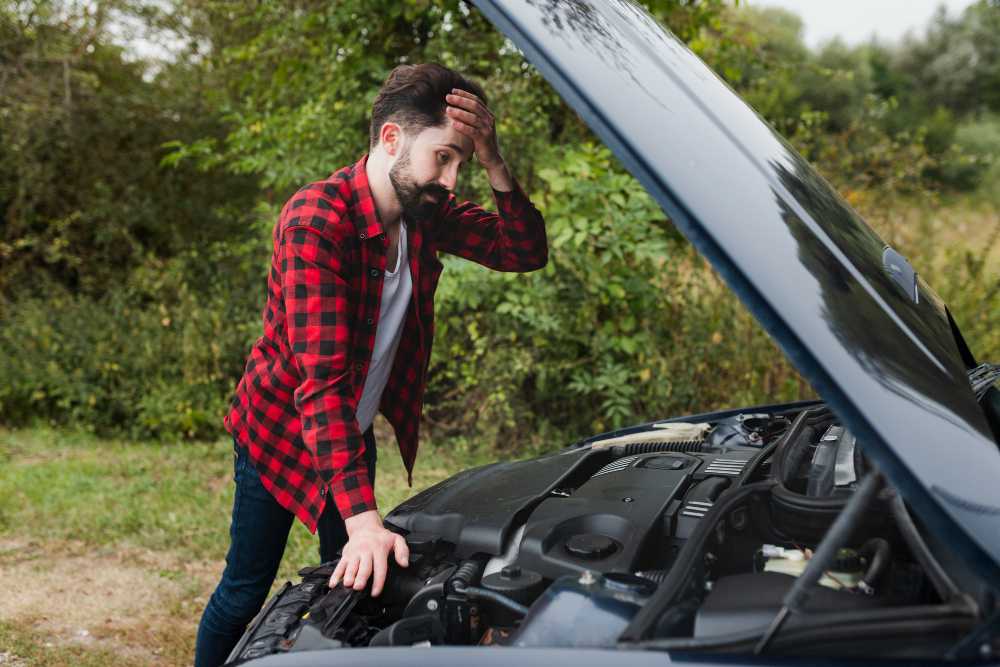
Few things are more annoying than a click and no start. If your battery keeps dying, the cause is often simple habits, harsh weather, or a weak charging system. The fix is a mix of small changes and a quick check by a pro. Here is how to stop the cycle.
1. Short Trips and Rare Driving
Batteries need time to recharge after each start. Many short trips or a car that sits for days can leave it undercharged. Try a longer drive once a week or use a smart battery maintainer if the car sits often.
2. Hidden Power Drains
Interior lights, a glove box lamp, dash cams, or plugged‑in chargers can pull power while parked. Unplug extras, and make sure all lights turn off. If the battery still drops overnight, ask your shop to test for a drain.
3. Age and Wear
Most batteries last 3–5 years. If yours is older, it may no longer hold a full charge. A load test will tell the truth. Replacing it before winter or a road trip beats calling a tow.
4. Heat and Cold
Summer heat ages a battery; winter cold exposes the weakness. Park in shade when you can. In winter, a garage helps. Make sure the battery is secured so vibration does not damage it.
5. Loose or Corroded Terminals
White or green crust on the posts raises resistance and steals power. Clean with a proper brush and protect with terminal spray. Tighten the clamps so they do not wiggle.
6. Weak Charging System
If the alternator or belt is failing, the battery will keep dying. Signs include dim lights at idle or a battery warning light. A quick charging system test at your auto repairer will confirm the fix.
7. Stored Cars and Seasonal Vehicles
For cars that sit idle for weeks, a smart maintainer is essential. It keeps the battery charged without overcharging.
Stop repeat jumps‑starts by changing a few habits and getting a simple test. We can check the battery, cables and charging system in minutes and set you up with the right solution so your car starts strong every time.